If you’re looking for a budget-friendly way to add some charm to your garden, creating a garden path is a great place to start. Not only does it provide a practical way to navigate through your outdoor space, but it can also enhance the overall aesthetic of your garden. Luckily, there are plenty of affordable garden path ideas that won’t break the bank.
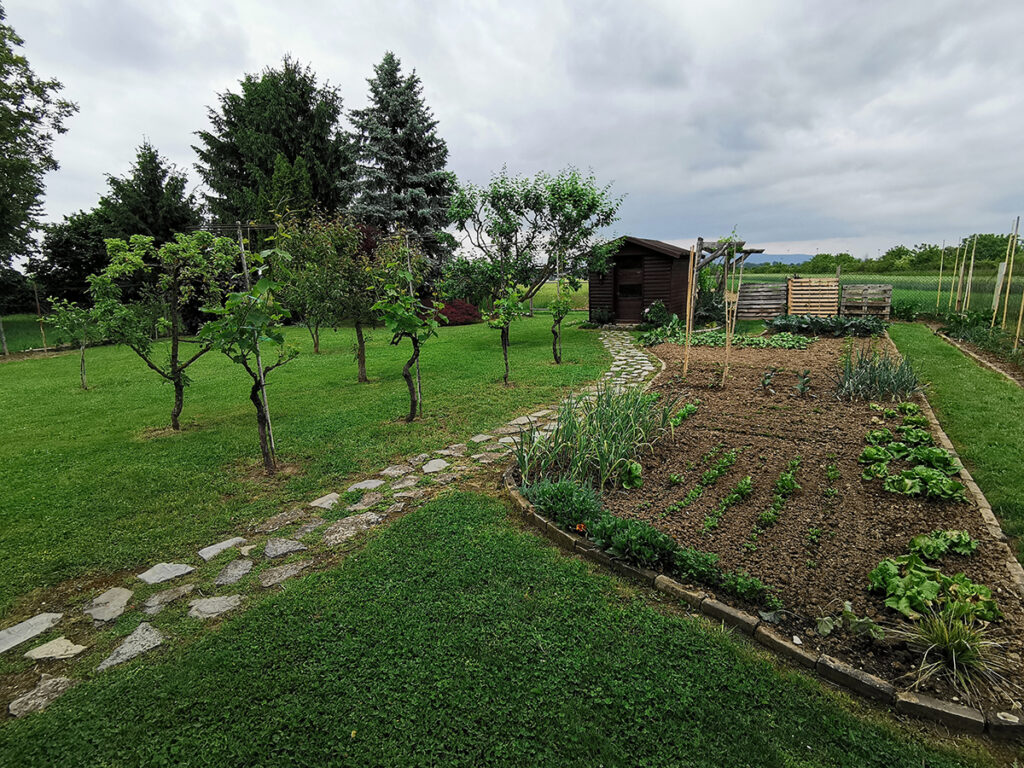
Budget-Friendly Pathway Materials
When it comes to creating a garden path, there are plenty of budget-friendly materials to choose from. Here are three options that won’t break the bank:
Gravel or Natural Stones
Gravel is a popular choice for garden paths because it’s affordable, easy to install, and requires little maintenance. It comes in a variety of colours and sizes, so you can choose the one that best suits your garden’s style.
If gravel’s not you’re thing, there are other types of natural stones and crushed aggregates available from most garden centres and DIY suppliers. Slate is a popular option – available in grey, green, blue or purple.
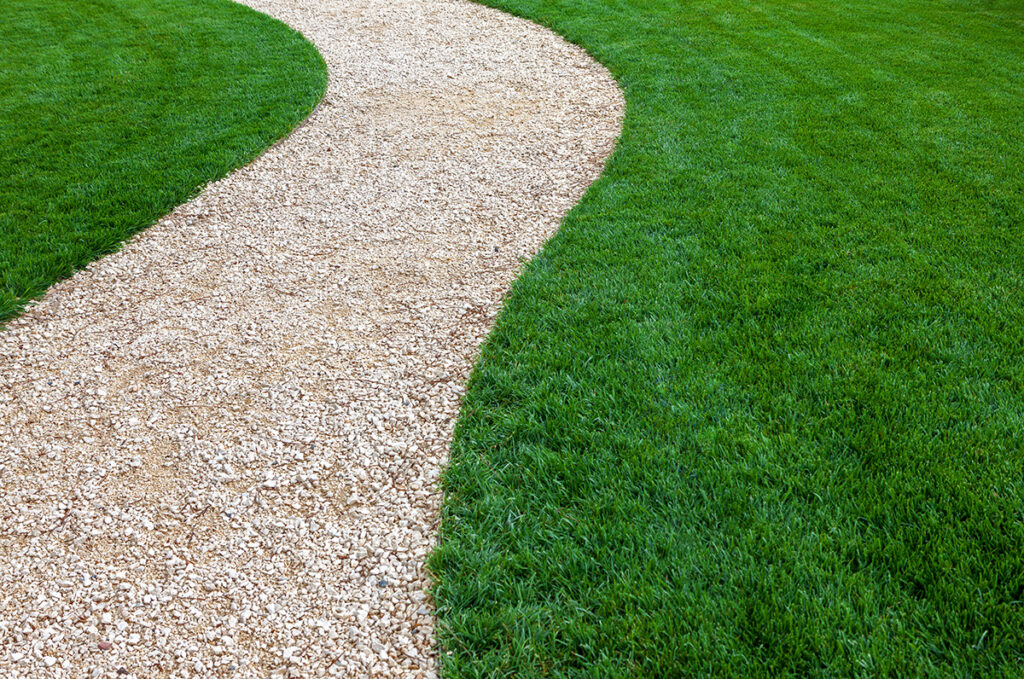
Mulch
Mulch is another budget-friendly option for garden paths. It’s made from organic materials like wood chips, bark, and leaves, and is great for adding nutrients to the soil as it breaks down.
Mulch is a pretty generic term for a natural covering – such as sawdust, bark chippings or even paper. For the purposes of making a path of course, you’ll want something durable. Bark chippings is a good place to start looking, as they’re cheap and commonly found in garden centres and DIY shops.
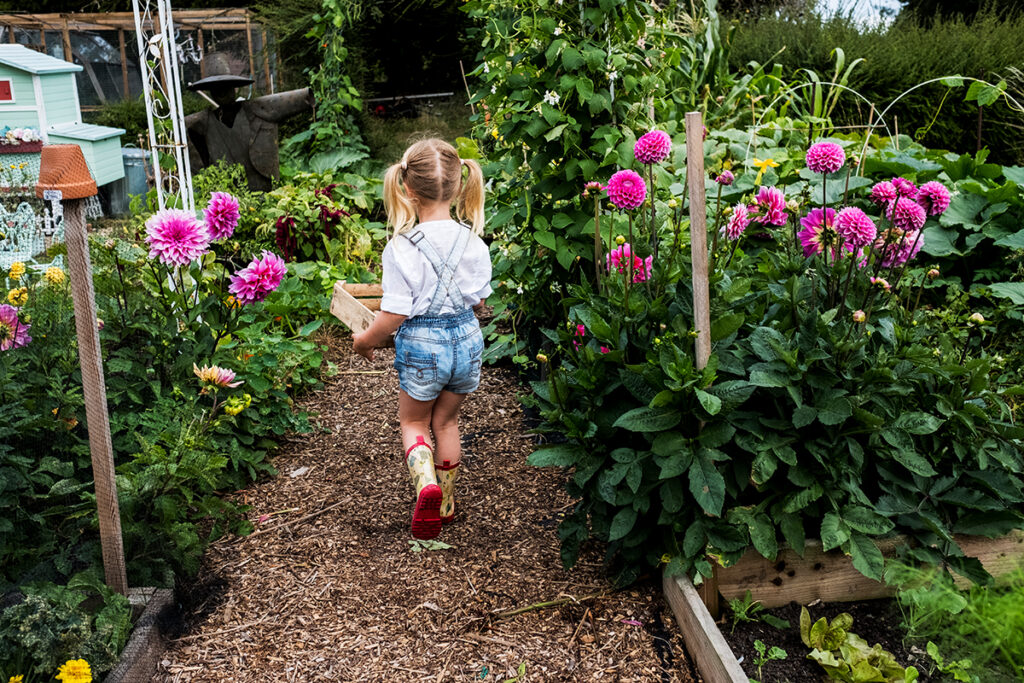
Wood Chips
Wood chips are a great option for garden paths because they’re affordable, easy to install, and look natural. They’re also good for the soil, as they break down over time and add nutrients.
Remember, when choosing a material for your garden path, it’s important to consider factors like durability, maintenance, and style. With these budget-friendly options, you can create a beautiful garden path without breaking the bank, but they may need some maintenance as time goes by.
Durable, DIY Garden Path Ideas
If you’d like to create a pathway with a bit more style and longevity, you could try one of the following:
Stepping Stones
Stepping stones are a popular option for creating a garden path. They are easy to install and can be purchased at most garden centres. Set them within a lawn area for a natural look or try them amongst decorative stones in a more formal or modern garden.
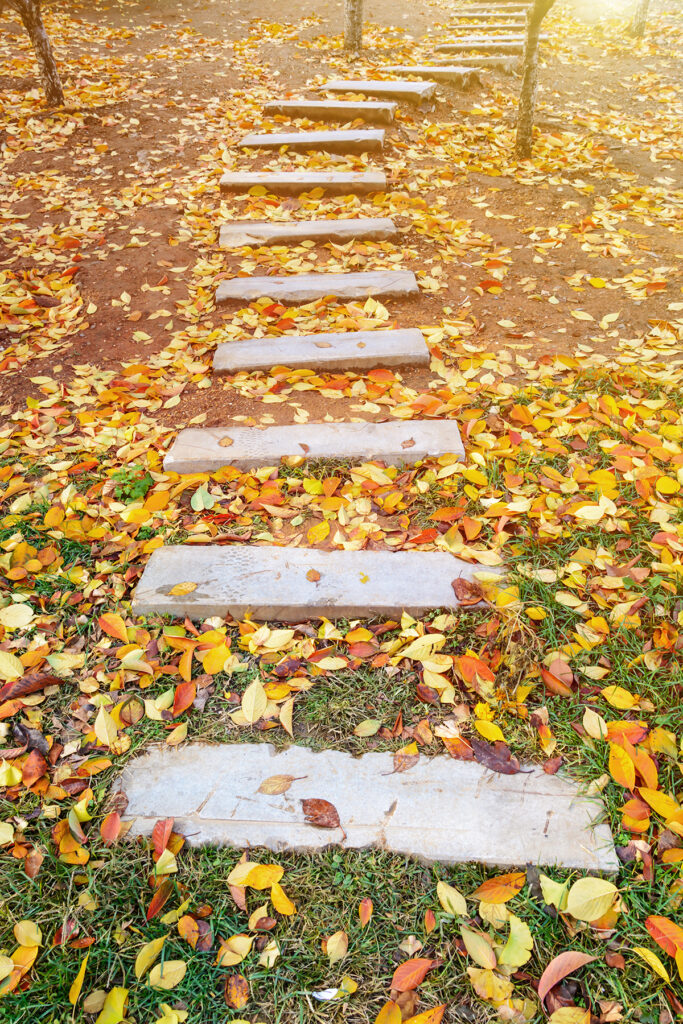
Pavers
Pavers are another popular option for creating a garden path. They come in a variety of shapes, sizes, and colours, making them a versatile choice for any garden.
If you already have a patio area, it might be worth trying to find pavers that match, so your path will blend in and look the part.
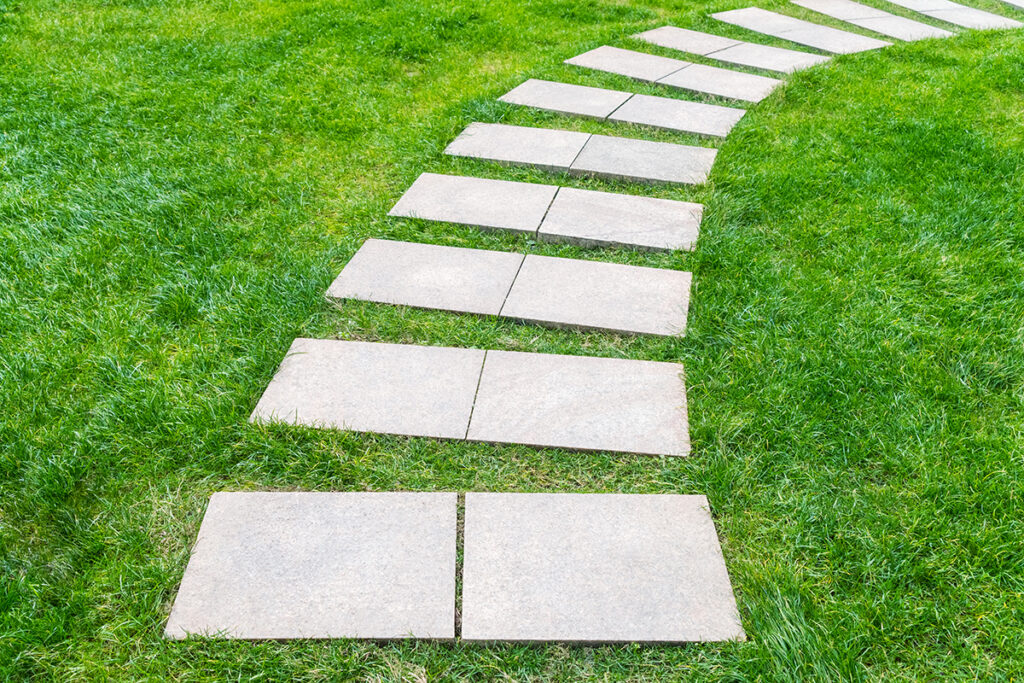
Brick Pathway
A brick pathway is a classic and timeless option for creating a garden path. Try classic red bricks to match a wall or building, grey bricks for an extra modern vibe, or search out other colours to suit your decor.
You might also find some old reclaimed bricks for a natural, weathered appearance.
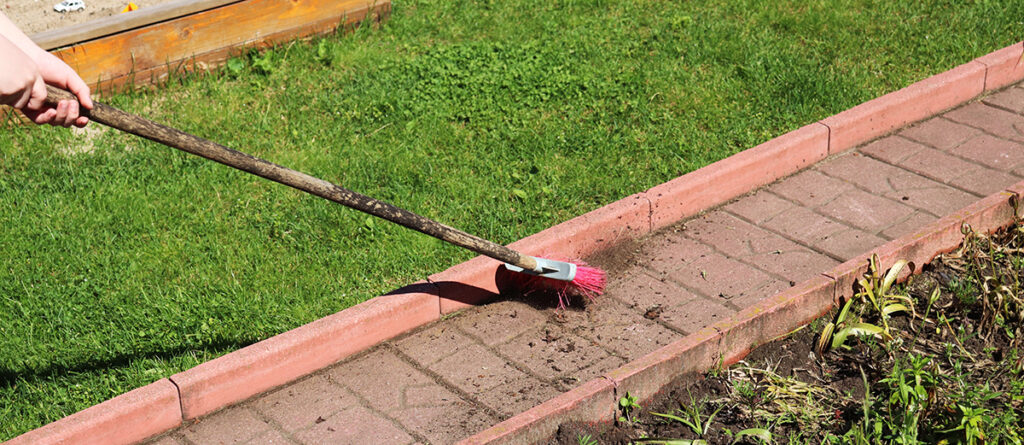
Flagstone Pathway
Flagstone is a popular choice for garden pathways. Similar to a paver, but a bit more rustic – it’s a flat, natural stone that comes in various shapes and sizes, making it easy to create a unique design. Flagstones also tend to have a textured surface which is naturally slip-resistant.
Tips on How to Make Your DIY Garden Path
Creating a garden path can be a fun and rewarding DIY project that doesn’t have to cost a fortune. Here are some simple steps to follow to create your own garden path:
Choose your path material carefully
There are many affordable options to choose from, such as gravel, mulch, stepping stones, or even recycled materials like old bricks or pallets. Consider your budget and the style you want to achieve before making a choice.
Have a purpose for your path
Besides looking nice, think about what function your path will serve. Where will it lead to and how will it be used? How will it enhance your garden and enable you to use the different spaces easily?

Plan your path before you start
Before you start digging, plan out the shape and layout of your path. Consider the natural flow of your garden and how the path will fit in with your existing landscape. Always start by marking out your path area – using string, a garden hose, bamboo canes or even spray paint as appropriate, to mark out the shape of your path.
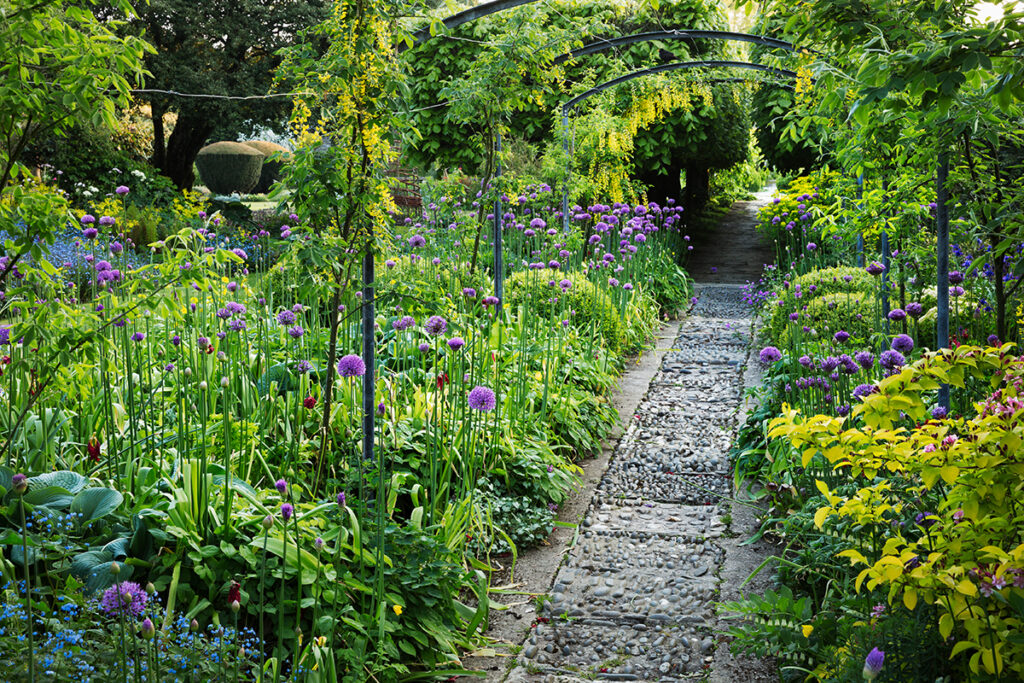
Prepare the ground
Clear the area of any grass, weeds, or debris, and level the ground as much as possible. If you’re using a material like gravel or mulch, lay down a layer of landscaping fabric to help prevent weeds from growing through. Spending a little extra time and money on preparing the ground can save a lot of time and money in maintenance later on.
Lay your path carefully
For gravel or mulch, take care when pouring it onto the fabric and spread it out evenly with a rake. Remember that bags of these materials will be heavy, so get some help if you need to or break up the bags into smaller quantities before spreading. For stepping stones, bricks and pavers, take extra care when lifting and consider some extra protective clothing – such as gloves and safety boots with toe caps.
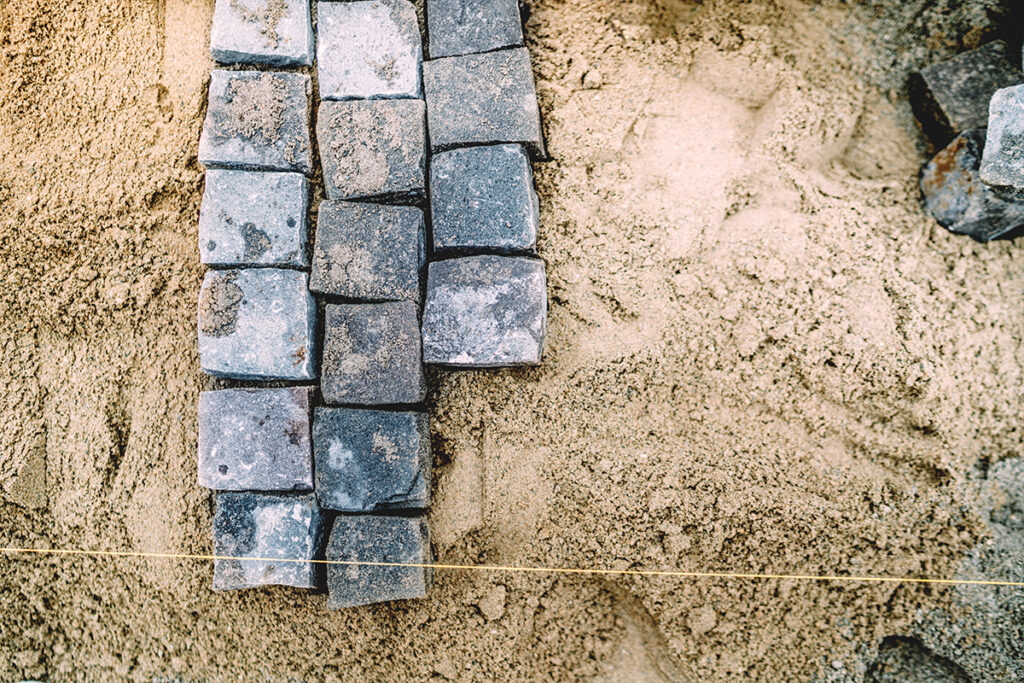
Add finishing touches
Once your path is in place, add some finishing touches to make it look polished. Consider lining the edges with plants, rocks, or decorative stones. You could also add solar-powered lights along the path for a beautiful night-time effect.
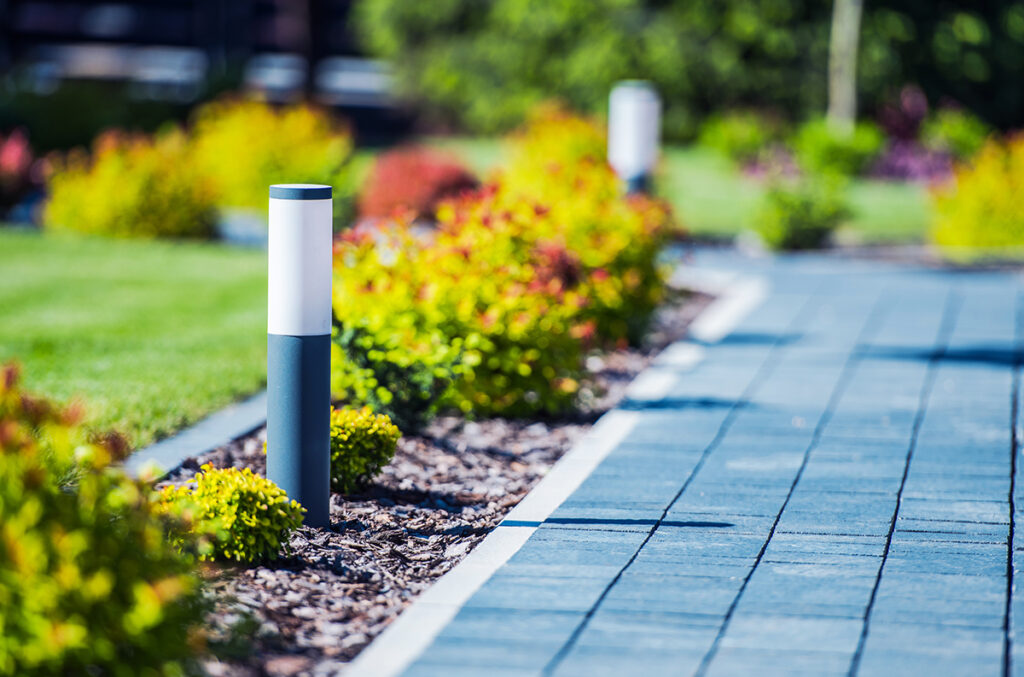
More Inspiring DIY Path Ideas to Consider
Decking Board Path
A decking board path in the garden can create a natural, rustic look while also offering several benefits. Decking boards are typically made of wood, composite material, or PVC, and they come in a variety of colors, textures, and sizes.
Decking boards can create a natural, rustic look that complements a garden’s aesthetic. The boards can be arranged in a variety of patterns to create a unique and visually appealing path.
Grass Path
A grass path can create a natural, organic look that blends well with the garden’s surroundings. They tend to soften the appearance of hardscaping features, such as stone walls or concrete patios. Another benefit, is that walking on a grass path can be more comfortable and enjoyable than walking on a hard surface, such as concrete or gravel. They require minimal maintenance, and are also pretty eco-friendly – helping to absorb rainwater and reduce runoff and providing habitat for insects and other wildlife.
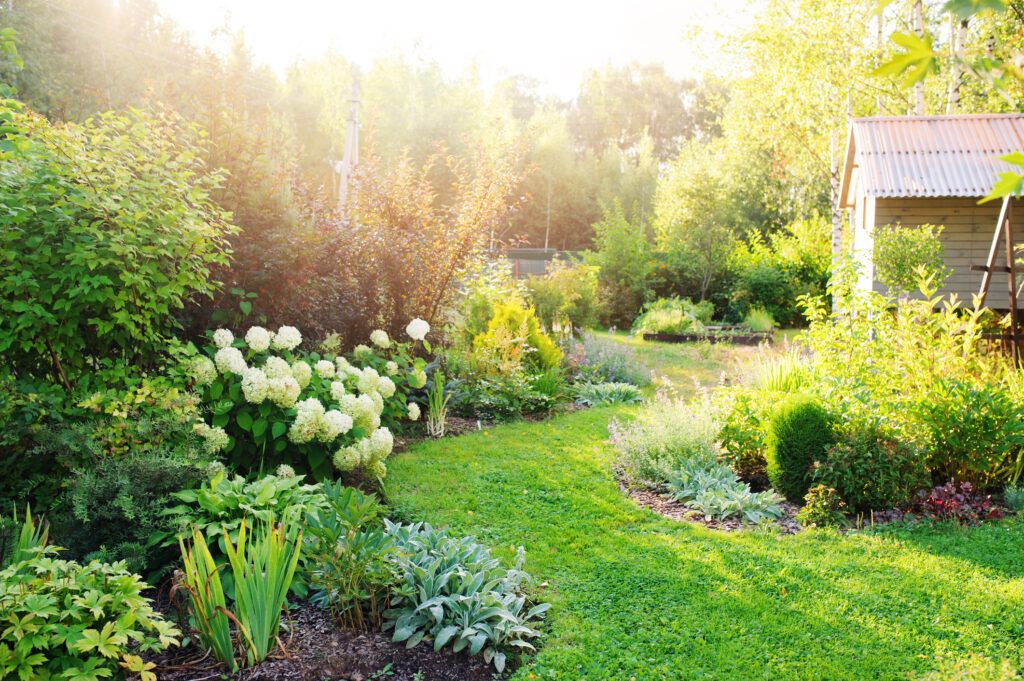
Artificial Grass Path
Artificial grass is designed to withstand the elements and can last for many years with proper maintenance. It is resistant to fading, insects, and moisture, making it a durable option for garden paths.
The benefit over a traditional grass pathway, is that they’re not affected by the weather. This means a constant, cean apperance and a stable surface for walking, even in wet or muddy conditions.
Artificial grass is also very low maintenaance and can be swept or hosed down to remove debris, and occasional brushing can help maintain its appearance.
Frequently Asked Questions
Here are some frequently asked questions about DIY garden paths:
What are the Cheapest Materials for a Garden Path?
There are several inexpensive materials that can be used for a garden path, including mulch, gravel, stepping stones, and recycled materials such as broken concrete or bricks.
On a tight budget, you could source some artifical grass off-cuts and make a path from these (I’ve seen this done many times by allotment owners). You could even look for free materials on local recycling websites, social media communities or visit your local recyclng centre.
How Do I Choose the Best Garden Path Material for My Needs?
Consider factors such as your budget, the amount of foot traffic the path will receive, the style of your garden, and the maintenance requirements of the material.
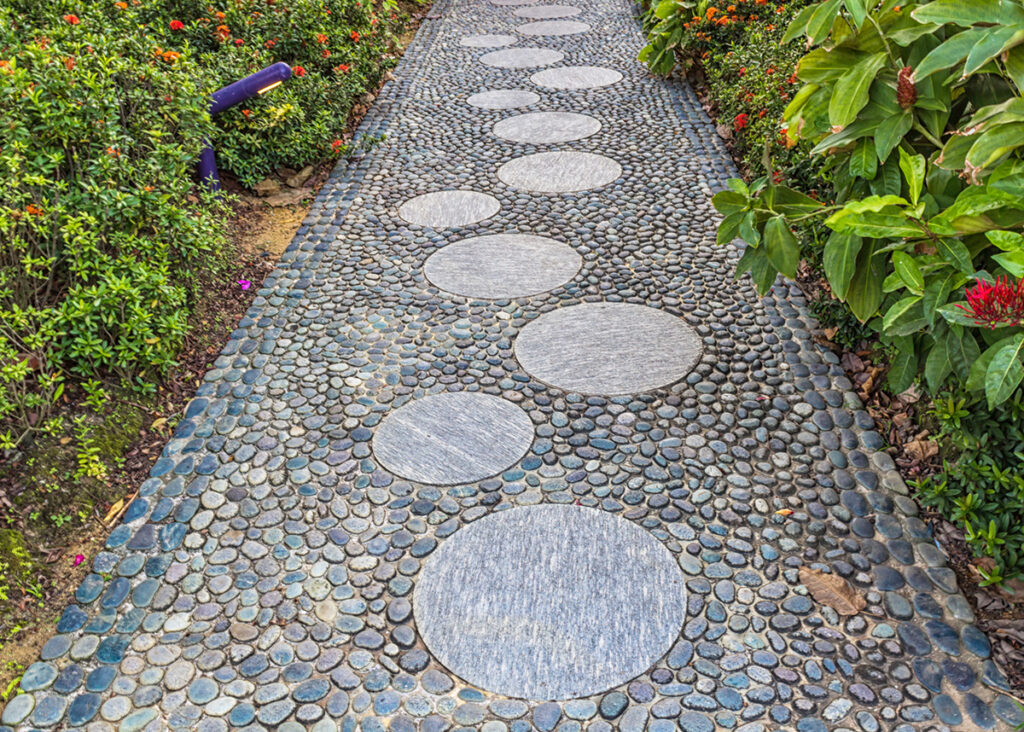
How Do I Install a Garden Path?
The installation process will vary depending on the material you choose. However, most garden paths require digging out the path area, laying down a base layer of sand or crushed rock, and then installing the path material.
How Do I Maintain a Garden Path?
Maintenance requirements will vary depending on the material you choose. However, most garden paths require occasional sweeping or hosing down to remove debris and occasional re-leveling or replacement of materials.
Can I Really Create a Garden Path Myself?
Yes, many garden paths can be installed as a DIY project. However, some materials may require professional installation, such as concrete or asphalt.
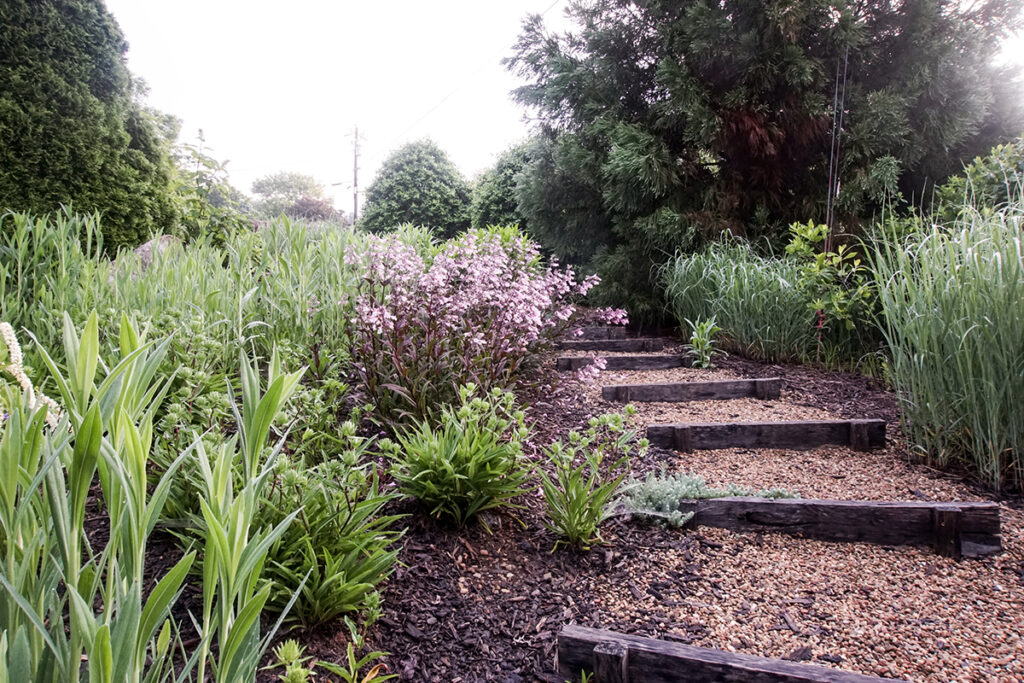
Final Thoughts
Creating your own garden path is a simple and affordable way to add some charm and functionality to your outdoor space. With a little planning and effort, you can create a beautiful path that will enhance your garden for years to come.
What kind of path will you make in your garden? Tel us all about it in the comments?
